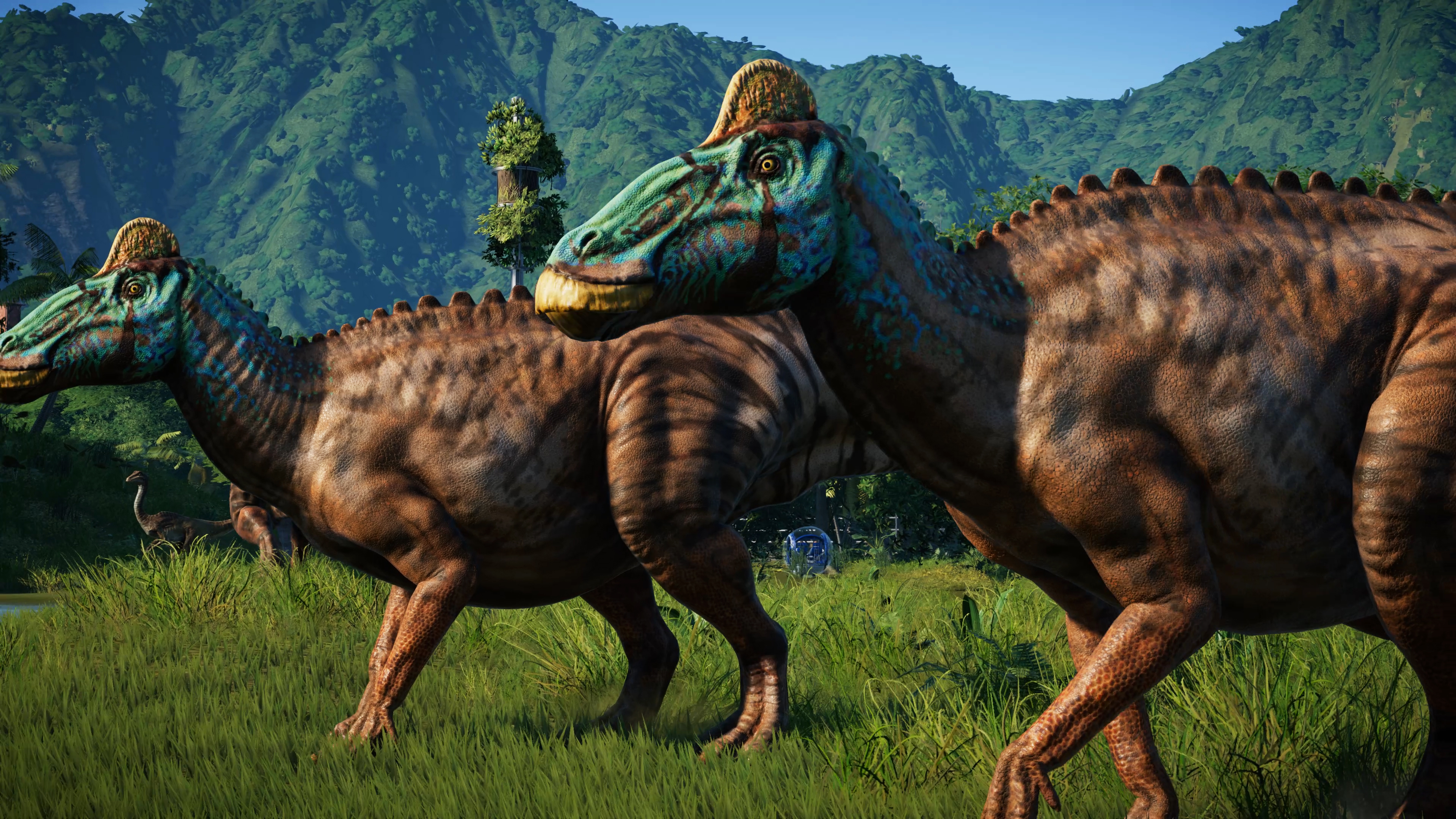
In contrast, Rosaceae species produce several highly distinctive types of fruits ( Potter et al. In some angiosperm families, such as the Brassicaceae (cabbage and relatives), Fabaceae (legumes), Poaceae (grasses), and Vitaceae (grape), different species of the same family produce relatively similar fruits belonging to the same types with variation in size and shape, whereas other families contain species producing a few fruit types. Therefore, investigating fruit evolution is important for the understanding of the evolution of angiosperms, and can impact other fields such as ecology and agriculture. In addition, humans have benefited greatly from fruits of both wild and cultivated species, including many fleshy fruits, such as apple, peach, orange, melon, grapes, and date palm, but also dry fruits such as grains, beans, and chestnuts. The protection provided by the fruits and the increased seed dispersal due to fruit characteristics have likely contributed to the unparalleled successes of angiosperms, totaling over 300,000 extant species ( Fuentes and Vivian-Smith 2009 Judd et al. Plants like coconut produce fruits that can travel along currents to distant coasts. Many plants produce fruits with extensions such as wings (as in maple) or pappus (as in Asteraceae members) that allow easy dispersal by wind. Some fruits develop appendages that attach to passing animals, and are carried elsewhere. Sometimes, undigested seeds are excreted by the animals and allowed to germinate subsequently ( Ridley 1930). Fruits of many plants are highly nutritious and are consumed by animals, long before there were humans the fruits collected or incompletely eaten by animals are often transported away from the plants that produce them ( Fleming and Kress 2011). The fruit wall insulates the tender young seeds from harsh environments, protecting the seeds against damage from pathogens, water loss, and other stresses. We propose that WGDs and environmental factors, including animals, contributed to the evolution of the many fruits in Rosaceae, which provide a foundation for understanding fruit evolution.Īngiosperms (flowering plants) differ from all other plants by producing seeds within the fruits, which serve to protect developing seeds and also facilitate seed dispersal, by animals, wind, or water ( Ridley 1930 Seymour et al.


Ancestral character reconstruction for fruit types supports independent origins of fleshy fruits from dry-fruit ancestors, including the evolution of drupes (e.g., peach) and pomes (e.g., apple) from follicetum, and drupetum (raspberry and blackberry) from achenetum. Phylogenomic analysis yielded strong evidence for numerous whole genome duplications (WGDs), supporting the hypothesis that the apple tribe had a WGD and revealing another one shared by fleshy fruit-bearing members of this tribe, with moderate support for WGDs in the peach tribe and other groups. Molecular clock analysis revealed an estimated age of ∼101.6 Ma for crown Rosaceae and divergence times of tribes and genera, providing a geological and climate context for fruit evolution. To address Rosaceae fruit evolution and other questions, we generated 125 new transcriptomic and genomic datasets and identified hundreds of nuclear genes to reconstruct a well-resolved Rosaceae phylogeny with highly supported monophyly of all subfamilies and tribes. Rosaceae is a family with ∼3000 species and an extraordinary spectrum of distinct fruits, including fleshy peach, apple, and strawberry prized by their consumers, as well as dry achenetum and follicetum with features facilitating seed dispersal, excellent for studying fruit evolution. Fruits are the defining feature of angiosperms, likely have contributed to angiosperm successes by protecting and dispersing seeds, and provide foods to humans and other animals, with many morphological types and important ecological and agricultural implications.


 0 kommentar(er)
0 kommentar(er)
